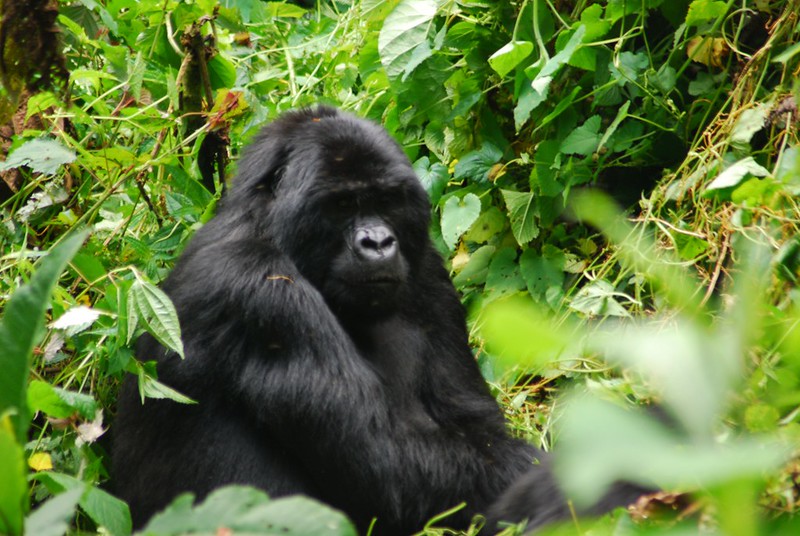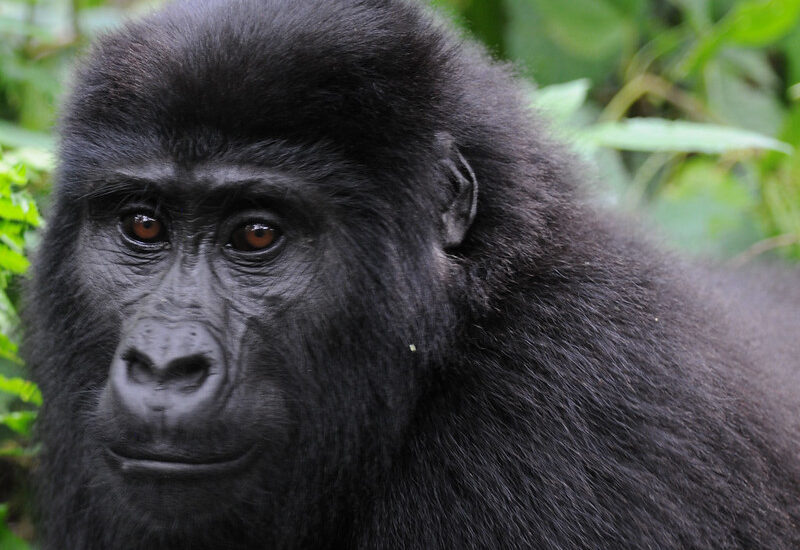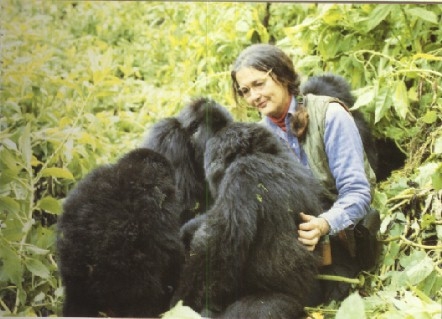Gorilla tracking safaris from Mbarara City – Bwindi impenetrable National Park. Safaris in search of…
Uganda in March
Uganda Safari in March
The month of March marks the beginning of the first rainy season of the year in southern Uganda, much as it’s still dry in Northern Uganda.
March spots the beginning of the long rainy period throughout the country. However, this does not imply that Uganda is entirely out of bounds. Although none of the National parks are at their best during this period, there will be abundance of chances for wildlife viewing and as this month lies outside of the dry season, rates are likely to be lower and there will be abundance of disposal at an extensive choice of lodges.
Even during the rainy season, rain is not likely to propagate throughout the day and the skies will brighten up after a downpour. In that case you will still have a lot of time to discover and lessen during your safari.
Another advantage of transferring at the start of the rainy season is that there is plenty of food for these endangered species (Gorillas) on the subordinate slopes of the mountain. Therefore, although tracking may be difficult due to wet landscape underfoot, you are probable to meet these gentle giants (gorillas) closer to the start of the tracking, so distances covered will be shorter.
March is the last month you will be able to evident wandering birds in Uganda as they will start their departure in April and won’t retire to the country until in the month of November. Year in and year out Uganda assertions over 400 species of birds including the exclusive and inspiring shoebill, in other wards this is a bird-lovers’ ecstasy.
Equatorial Uganda has an agreeable warm and Tropical climate with Irrelevant seasonal disparities, making it fine to tour year round. There are wetter months that make certain preparations and activities somehow fiddlier which are worth factoring into your arrangement.
In this month of March, you will sight the beginning of the heaviest rainfall in Uganda, with shorter rains in October to November. This doesn’t affect your opportunities of viewing mountain Gorillas, although please get ready and prepared for a Moist, slippery trek. Therefore, gears like Waterproofs jackets, waterproof boots, are indispensable. It’s also assumed that the Gorillas loiter on the warmer, lower slopes during wetter weather, so your tracking activity of the endangered species may prove to be shorter.


